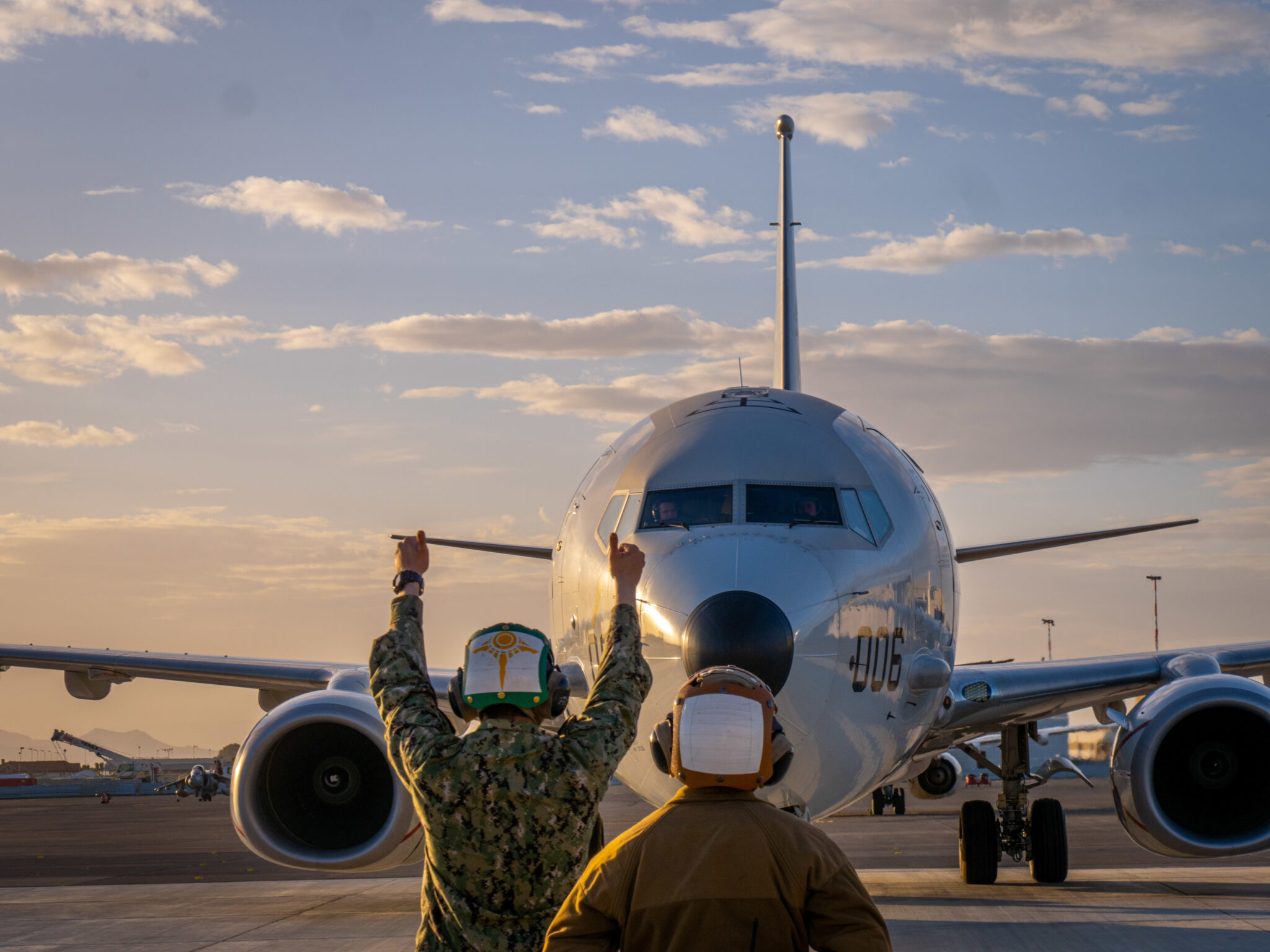Civilian type rated pilots are of no value to the RCAF - flying a 737-NG is easy, tactically flying a P-8A and maintaining currency/proficiency is not feasible for part-time employment.
I can guarantee you that there are Air Guard personnel down here that have more experience than CAF pilots.
ARLINGTON, Va. — The U.S. Navy proposes to shift two P-8A Poseidon patrol (VP) squadrons from the active component to the reserve component in 2026, budget documents show. The Navy’s 2023 budget highlights book published this month shows a proposal...

seapowermagazine.org
The RCAF could have Res Squadrons, from P-8A to F-35 however it would require a slew of effort and money.
1) Infrastructure: both in terms of actual airport runways, structures and simulators in reasonable locations to work with airline pilots.
2) Equipment: Enough planes to equip both the Regular Force, and Air Res Squadrons. Right now there aren’t enough platforms to even arguably meet the needs of the Regular Force.
3) Training: Given the RCAF already has pipeline issues, there would need to be a large increase in the throughput. Because
@Zoomie is correct that regardless of one’s currency on a commercial AC, the pilot still needs to be trained and proficient in the operational aircraft.
I’m not a pilot, but I would assume that a 737 commercial pilot dual certified on the P-8A probably wouldn’t need additional currency training (checks?) for take off, landings etc - and so there could be some theoretical savings - but I would assume those are theoretical only as to fly mission profile currency flights one also needs to take off, fly, and land (and all the related checklist stuff from start to finish).
I see Res Squadrons as a bonus, but they are only practical if the RCAF has platforms for them, and frankly I don’t see that occurring in any of our lifetimes without a major change in the mindset of the Canadian public.


